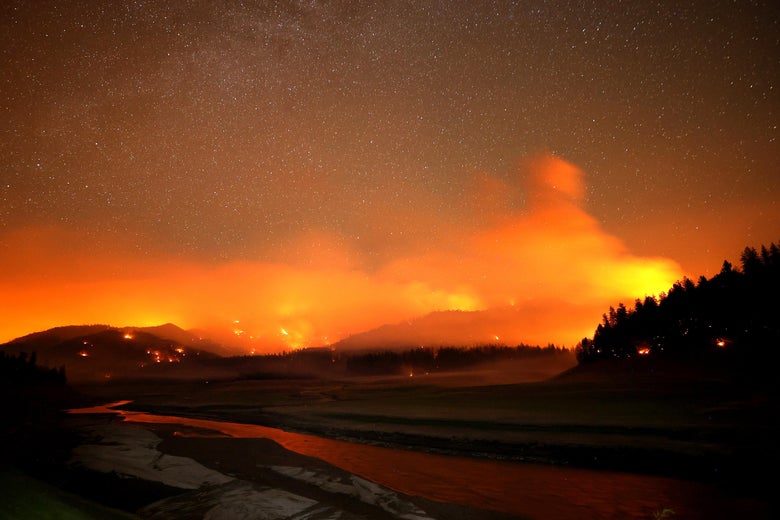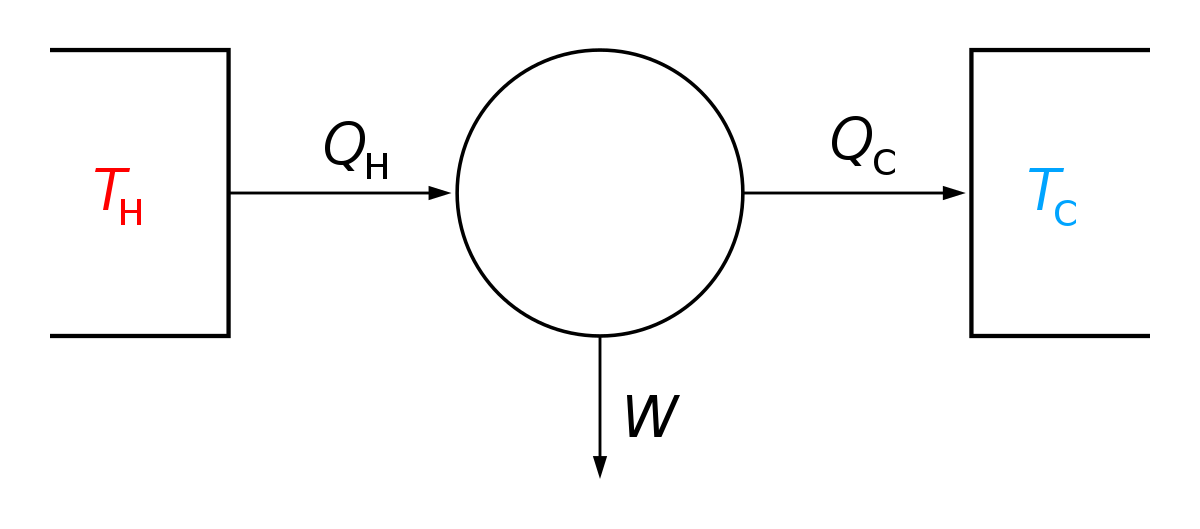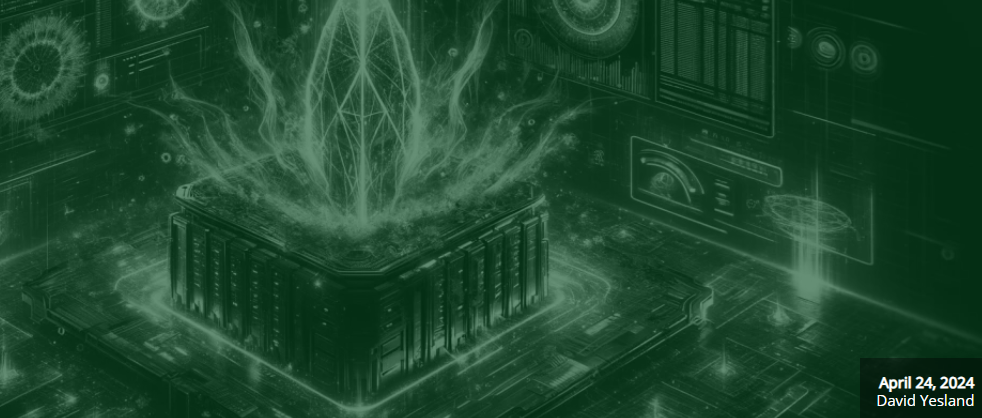
Gas Giants’ Energy Crisis Solved After 50 Years
Saturn’s auroras are clearly visible in this composite image made by NASA’s Cassini spacecraft. Blue light corresponds to reflected sunlight, red to the planet’s own heat, and green to emissions from hydrogen ions in the aurora.
Living as they do in the distant, sun-forsaken reaches of the solar system, Jupiter and Saturn, the gas giants, and Uranus and Neptune, the ice giants, were always expected to be frosty realms. But when NASA’s Voyager spacecraft sailed past them in the late 1970s and 1980s, scientists found that all four worlds were running planetary fevers — a revelation as jarring as finding a bonfire inside your freezer.
Follow-up observations by ground-based telescopes and the Galileo and Cassini spacecraft demonstrated that their planet-wide fevers have persisted through time. Their planetary pyrexias are acute: Jupiter’s lower latitudes, for example, should be a frigid −110 degrees Celsius. Instead, the atmosphere there cooks at 325 degrees. What incognito incinerator is behind this? And how is this unknown heat source warming not just a single spot on the planet, but the entire upper atmosphere?
Scientists have tried to explain this “energy crisis,” but have remained “confused for about 50 years,” said James O’Donoghue, a planetary astronomer at the Japan Aerospace Exploration Agency. Now two papers have conclusively revealed where all that heat is coming from: Jupiter and Saturn’s northern and southern lights — their auroras.





















